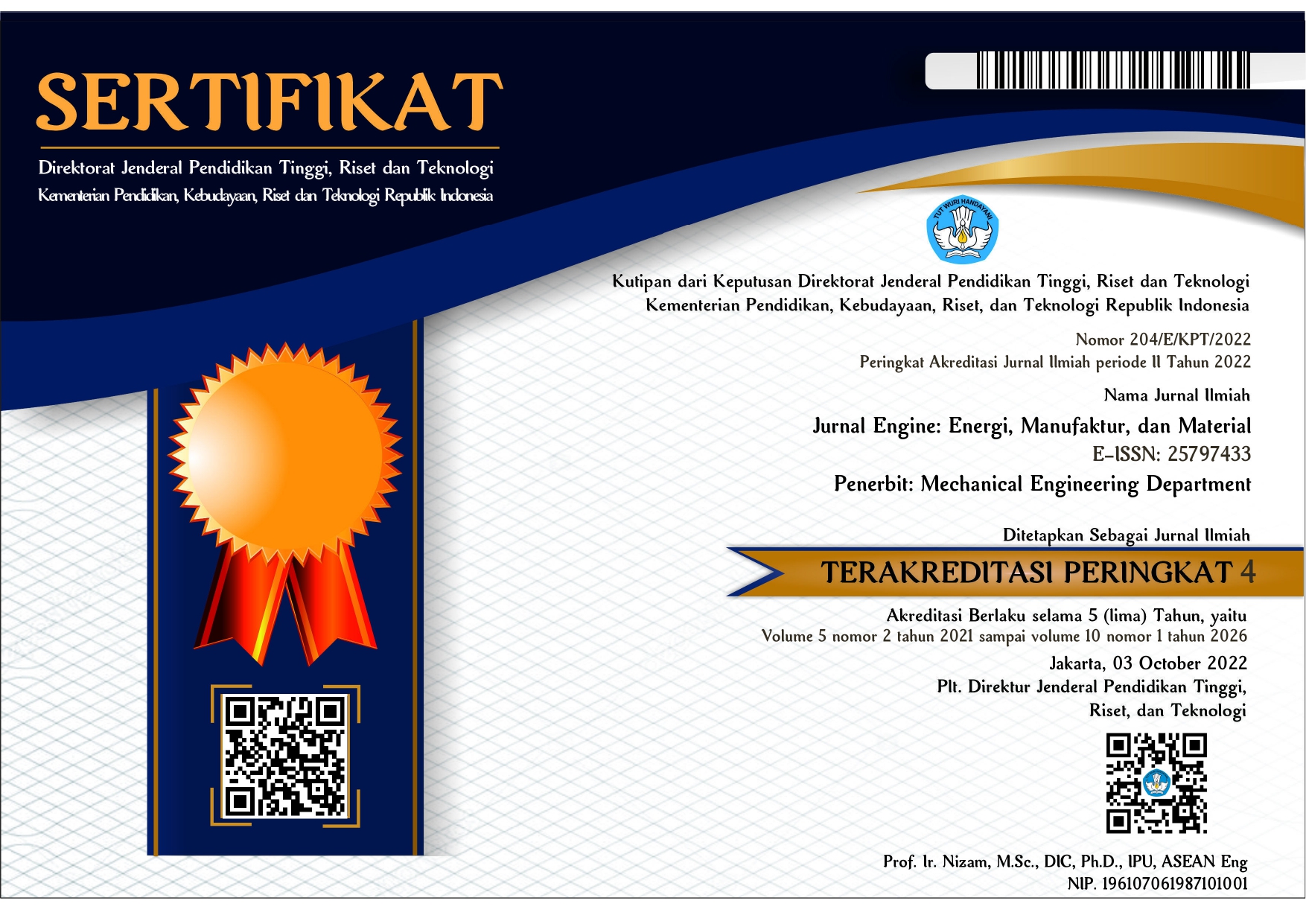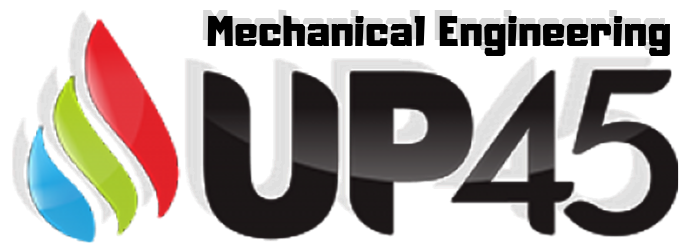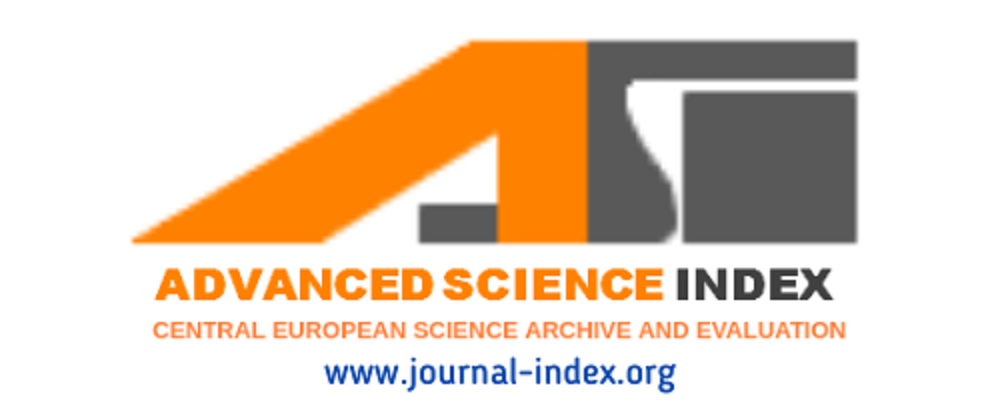Optimasi Sistem Boiler dengan Variasi Pengaturan Temperatur
(1) Teknik Refrigerasi dan Tata Udara, Politeknik Negeri Bandung
(2) Teknik Refrigerasi dan Tata Udara, Politeknik Negeri Bandung
(*) Corresponding Author
Abstract
Keywords
Full Text:
PDFReferences
Akbar, M. S., Suryadi, F., & Prastyo, D. D. (2009). Kinerja Economizer pada Boiler. Jurnal Teknik Industri, 11(1), 72-81. doi:https://doi.org/10.9744/jti.11.1.pp.%2072-81
ASHRAE. (2015). ASHRAE Handbook - HVAC Application. Atlanta: American Society of Heating, Refrigerating, and Air Conditioning Engineers (ASHRAE).
ASHRAE. (2016). ASHRAE Handbook 2016: HVAC Systems and Equipment. Atlanta: American Society of Heating, Refrigeration, and Air Conditioning Engineers (ASHRAE).
Effendi, A. (2016). Evaluasi Intensitas Konsumsi Energi Listrik Melalui Audit Awal Energi Listrik di RSJ.Prof.HB.Saanin Padang. Jurnal Teknik ELektro ITP, 5(2), 103-107.
Kamenetskii, B. Y. (2008). Reliability of furnace waterwalls of hot-water boilers. Thermal Engineering, 55(9), 780-784. doi:https://doi.org/10.1134/S0040601508090097
Lam, J. C., Wa, K. K., Lam, T. N., & Wong, S. L. (2010). An analysis of future building energy use in subtropical Hong Kong. Energy, 35(3), 1482-1490. doi:https://doi.org/10.1016/j.energy.2009.12.005
Nuriyadi, M. (2018). Analisis Numerik Simulasi Kinerja Sistem Tata Udara Unitary Menggunakan Liquid-Suction Heat Exchanger dengan Refrigeran Hidrokarbon. Jurnal Engine: Energi, Manufaktur, dan Material, 2(2), 11-18. doi:http://dx.doi.org/10.30588/jeemm.v2i2.419
Rasta, I. M. (2007). Pengaruh Laju Aliran Volume Chilled Water terhadap NTU pada FCU Sistem AC Jenis Water Chiller. Jurnal Teknik Mesin, 9(2), 72-79. doi:https://doi.org/10.9744/jtm.9.2.
Salpanio, R. (2011). Audit Energi Listrik pada Gedung Kampus Undip Pleburan Semarang. Semarang: Jurusan Teknik Elektro, Fakultas Teknik, Universitas Diponegoro.
Senoadi, S., Arya, A. C., Zainulsjah, Z., & Erens, E. (2015). Pengaruh Debit Aliran Air terhadap Proses Pendinginan pada Mini Chiller. Seminar Nasional Tahunan Teknik Mesin Indonesia XIV. Banjarmasin: Universitas Lambung Mangkurat.
DOI: https://doi.org/10.30588/jeemm.v3i2.584
Article Metrics
Abstract view : 617 timesPDF - 15 times
Refbacks
- There are currently no refbacks.
Copyright (c) 2019 Muhammad Nuriyadi, Faldian Faldian

This work is licensed under a Creative Commons Attribution 4.0 International License.

Jurnal Engine: Energi, Manufaktur, dan Material is licensed under a Creative Commons Attribution 4.0 International License.




.jpg)


















